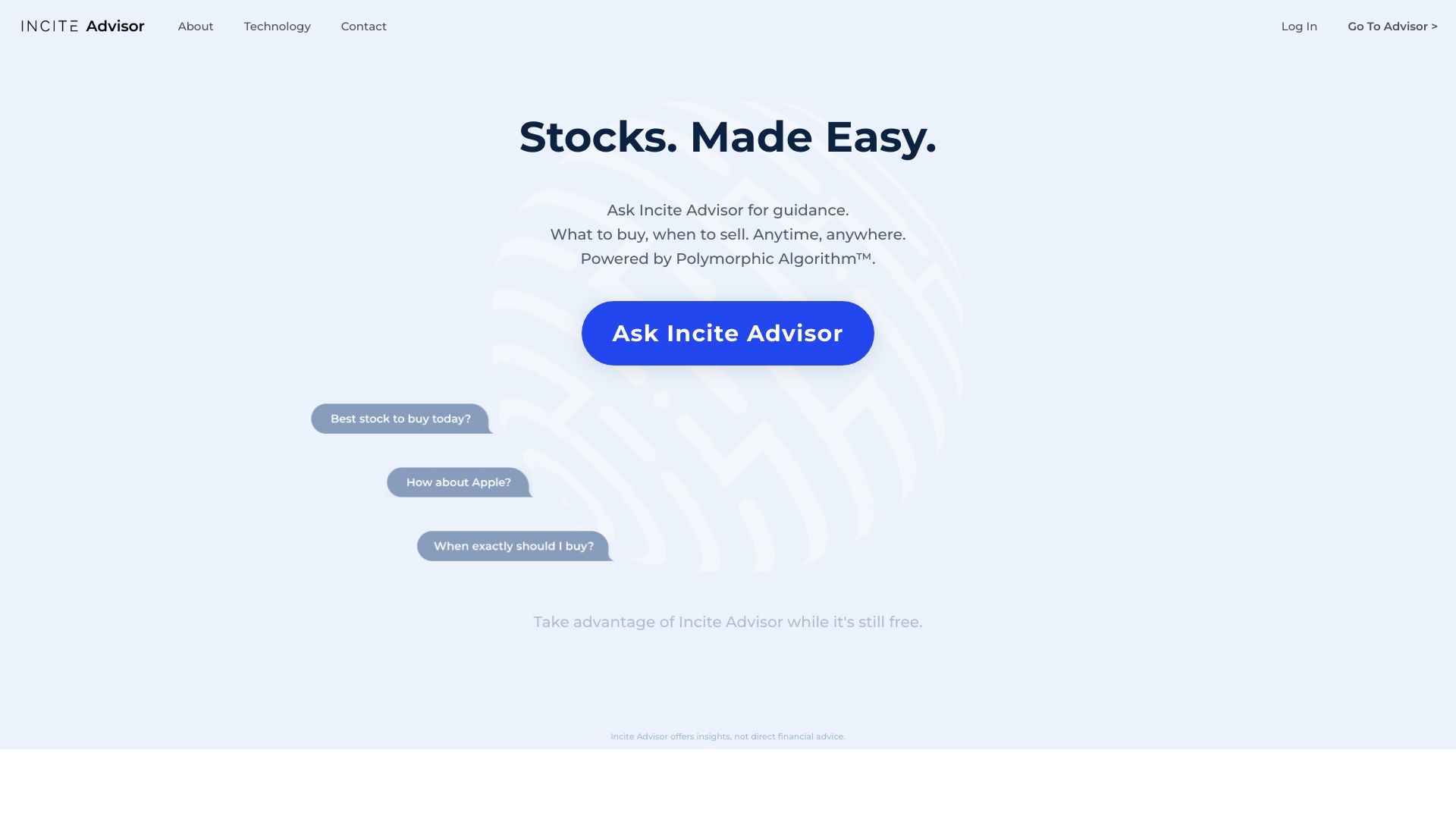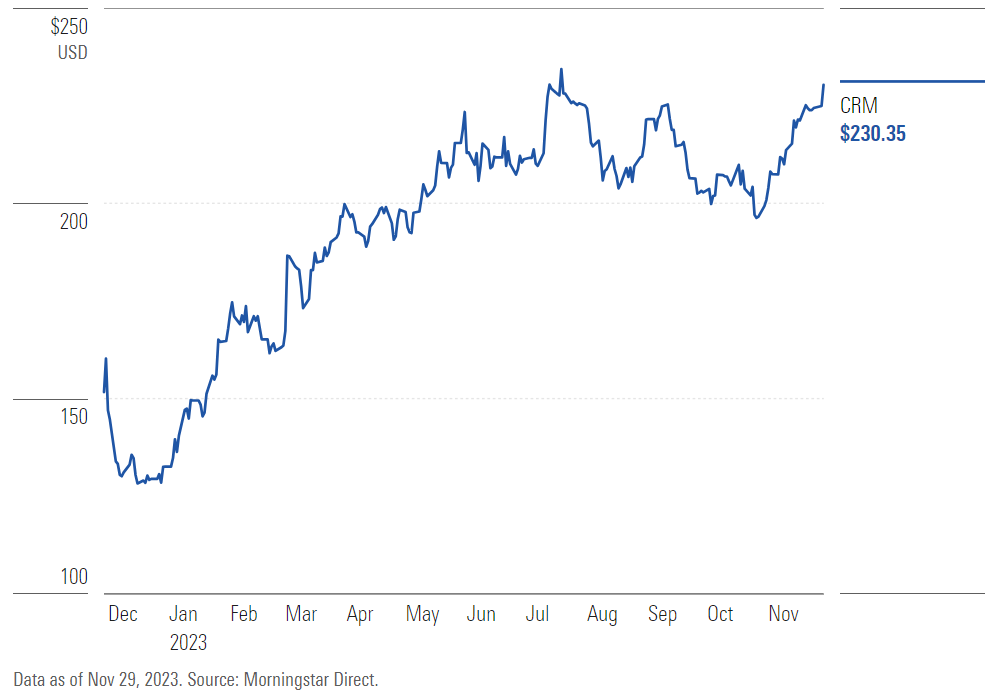When you are evaluating AI trading platforms, compatibility and integration are important factors. An integrated platform that is seamless with your current tools such as systems, workflows, and processes will greatly improve efficiency and effectiveness. Here are 10 strategies to help you analyze the compatibility and integration of these platforms.
1. Check Brokerage Integration
Brokers that are supported - Ensure that the platform you choose to use is linked to your brokerage or trading account.
Trade execution: Find out whether your platform permits the execution of trades directly with the integrated broker.
Account synchronization: Find out whether the platform is able to sync account balances, positions, and the history of transactions in real-time.
2. Evaluate API Availability
API access - Check that the platform comes with an API that lets developers to develop customized tools or automate workflow flow.
API documentation: See if the API is well-documented, with clear examples and use cases.
Rate Limits: Examine the API's rate limits to ensure they're reasonable and can accommodate your expected usage.
3. Review Third-Party Integration
Popular tools See if there are any connections between the platform and tools such as Google Sheets, Excel, or trading robots.
Data export/import: Ensure the platform allows easy export/import of data to and from other tools.
Plugins/extensions: Verify if the platform can support extensions or plugins for further capabilities.
4. Test Compatibility with Operating Systems
Desktop compatibility - Make sure that the system you select is compatible with Windows, macOS and Linux.
Mobile compatibility: Check if there is a mobile application available for iOS or Android.
Web-based: If your goal is to be flexible, make sure you check that your system can be accessed using a standard web browser.
5. Examine Data Integration Capabilities
Data sources. Ensure the platform has numerous data integrations (e.g. data sources for market, social media sentiment and news feeds).
Real-time Data Feeds: Look to see if your platform has real-time analytics.
Make sure that your platform supports the import of historical data for backtesting or analysis.
6. Assess cloud and On-Premise Compatible
Cloud-based Platforms: The platform should be accessible anywhere there is an internet connection.
On-premises deployment: Check if the platform you're using is compatible with on-premises deployment.
Hybrid alternatives: Find out whether the platform has the option of a hybrid model, which combines cloud and on-premise capabilities.
7. Verify Cross Platform Synchronization
Device synchronization: Ensure that your platform is synchronized to sync settings and information across all devices (desktops and mobiles).
Verify that changes made on a device are instantly reflected on another.
Offline access: Check whether the platform permits limited functionality or data access when offline.
8. Check the whether trading strategies are compatible
Strategies for trading that are automated or algorithmic ought to be backed by the trading platform.
Custom indicators - See whether the platform allows the use of customized scripts and technical indicators.
Strategy backtesting: Check if the platform can be used for testing trading strategies back using historical information.
9. Examine Security and Compliance
Data encryption: Make sure whether the application uses encryption to secure data during transit and in rest.
Authentication : Check that the platform is compatible with secure authentication methods (e.g. two-factor verification).
Compliance with regulations - Make sure the platform complies relevant regulations, e.g. GDPR. FINRA. SEC.
10. Test Scalability, Performance, and Efficiency
Scalability: The platform should be able accommodate growing data volumes and users.
Performance under load: Verify whether the platform continues to be active during times of high volatility in the market.
Resource usage: Verify that the system is using resources efficiently (CPUs and memory).
Bonus Tips
Feedback from users: Search for testimonials and reviews from users when you are evaluating the site.
Trial period: Test the platform for free or download a demo and check out how it works with your existing tools and workflows.
Customer Support: Ensure your platform has a robust assistance for integration issues.
You can test the compatibility, integration and effectiveness of AI stock trading platforms by following these tips. Read the most popular go to the website for ai for trading for site advice including trading with ai, ai investing platform, trading with ai, best AI stock, ai investment app, market ai, AI stock trading app, chatgpt copyright, ai investing app, AI stock trading and more.

Top 10 Tips For Evaluating Community And Social Features In Ai Technology For Predicting And Analysing Trading Platforms
Knowing how users share information, interact and learn is essential in understanding the AI-driven trading and platform for stock predictions. These features can boost the user's experience as well as provide invaluable aid. Here are 10 suggestions for assessing the social and community aspects of these platforms.
1. Active User Community
Check to see whether there's an active user community that engages regularly in discussions and provides knowledge.
Why: An active user community represents a lively community in which members can learn from each other and grow together.
2. Discussion Forums and Boards
You can evaluate the quality of a discussion forum or message board by looking at its activity levels.
Forums enable users to discuss strategies, ask questions and debate market trends.
3. Social Media Integration
TIP: Check if the platform permits users to share information and updates through social media channels, for example, Twitter or LinkedIn.
Why: Integration of social media can improve the level of engagement and also provide information on market trends in real-time.
4. User-Generated content
Look for features such as the ability to write and share content.
What's the reason? User-generated content fosters the environment of collaboration and give a range of perspectives.
5. Expert Contributions
See if any experts from the field, like market analysts or AI experts, have contributed.
Why? Expert insight adds authenticity and depth to the community conversations.
6. Chat in real-time and Messaging
Examine if there are instant messaging or chat options which allow users to chat instantly.
Real-time interaction allows quick sharing of information and collaboration.
7. Community Modulation and Support
TIP: Check the level of support and moderation in the community (e.g. moderators, moderators, support staff, etc.).
How do you know? A well-balanced moderation strategy can help create a peaceful and positive environment. Help is readily always available to help resolve problems quickly.
8. Events and Webinars
Tips: Find out if there are any live events, webinars, or Q&A sessions conducted by experts.
What's the point? These events provide an excellent opportunity to gain knowledge about the business and make direct contact with industry professionals.
9. User Review and Feedback
Check out platforms that let users post reviews or provide feedback about their community features as well as the platform.
How do we use feedback from users to identify strengths in the community ecosystem and areas for improvement.
10. Gamification of Rewards
Tip: Check to see if your platform has the ability to gamify (e.g. leaderboards, badges) or rewards given in exchange for participation.
Gamification can be a powerful method to increase engagement of users in the online community.
Bonus Tip on Security and Privacy
Check that all community and social features are backed by strong security and privacy measures to protect users' data and other interactions.
You can assess these features to decide if the AI trading and stock prediction platform has an environment that is friendly and engages you in trading. See the best how to use ai for stock trading for site recommendations including stocks ai, ai trading tool, AI stock investing, AI stock trader, best ai for stock trading, best ai trading platform, stock trading ai, trading ai tool, ai investment tools, free AI stock picker and more.
